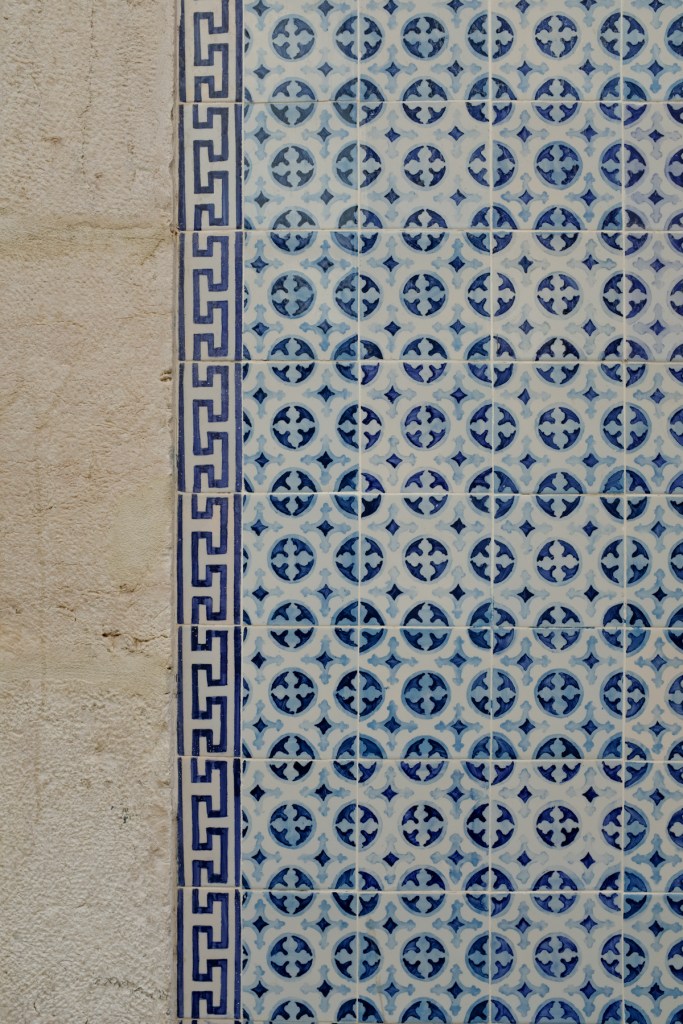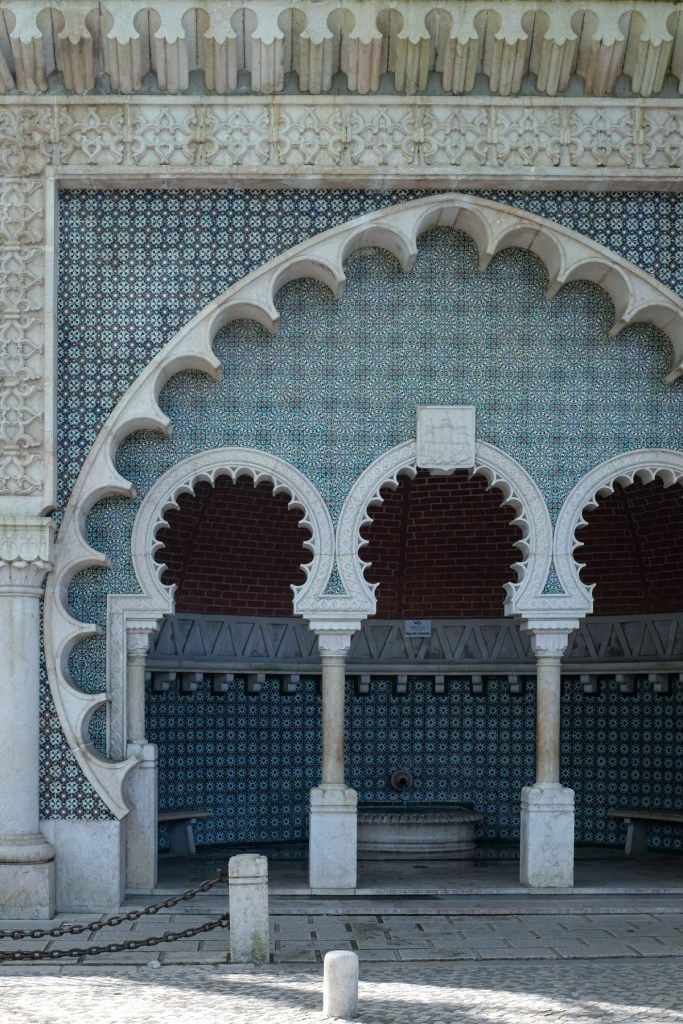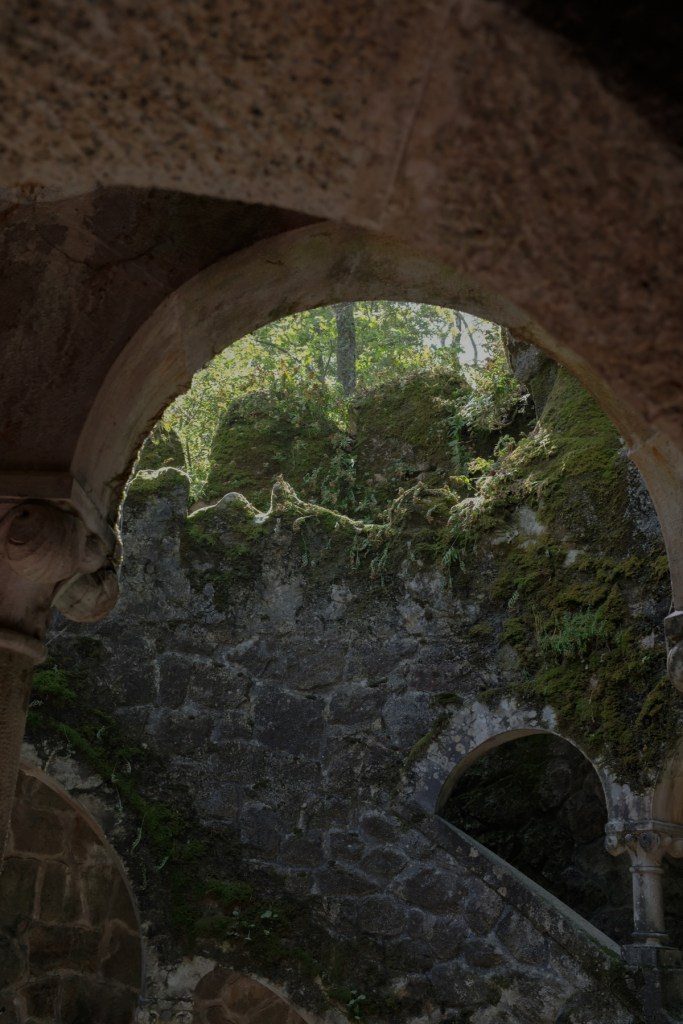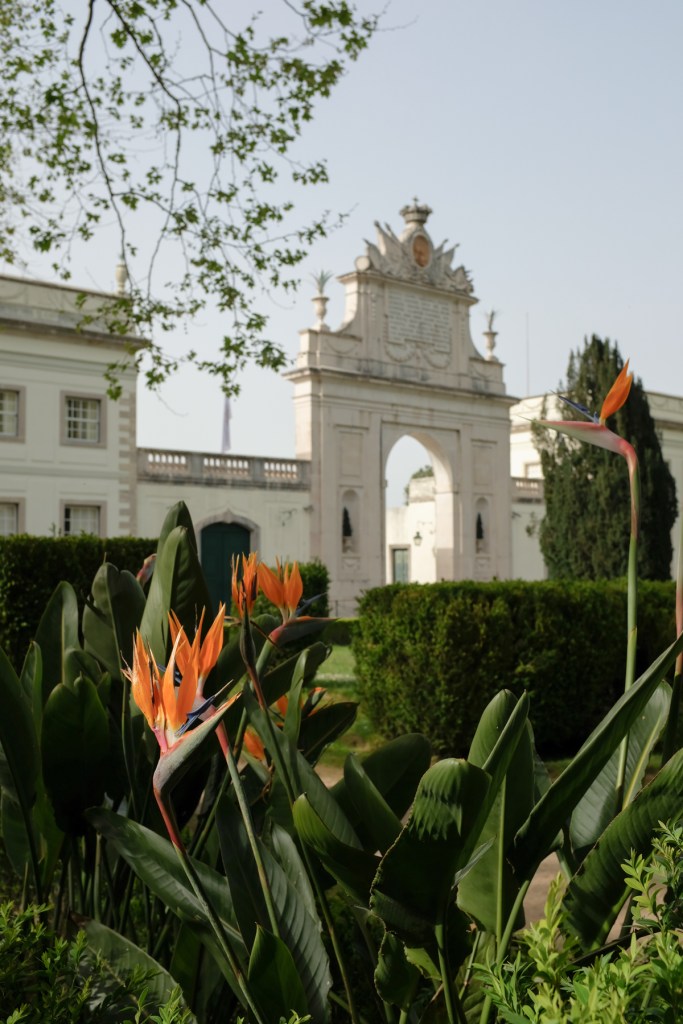It was nine in the morning and I was alone on the docks. The mountains of shipping containers and construction cranes did nothing to shade against the strength of the Iberian sun, which had started to beat out droplets of sweat from the pits of my arms. After half an hour of walking, I had yet to catch a proper glimpse of what I came to see—home, or something like it. I have a hard time recalling the name of the Ponte 25 de Abril. To me, it will always be Lisbon’s Golden Gate Bridge.
Portugal’s capital makes me nostalgic for the good old days in a city I never lived in. But by the sheer number of times that I’ve called San Francisco home, I might as well have been born on Lombard Street. The cable cars, undulating asphalt hills, and carnation-colored steel suspension bridge have all seeped their way through years of how-do-you-dos and where-are-you-froms into the foundations of my identity. And for these reasons, I’m all too ready to take Lisbon in as a home away from home. It’s impossible to stand on the waterfront of Santo Amaro in Alcântara, gazing over the Tagus River, without thinking of San Fran, my youth, and adolescence. It was strangely delightful, wading in my wistfulness, in the city where an entire musical genre of melancholy was born. Que fado é este que trago?—What fado is this I bear?







Hidden in Lisbon’s various barrios are portals to faraway lands. There are Carioca cafés wafting with the seductive smell of pão de queijo, no-frills Cape Verdean eateries, and corners that look more like Goa or Gujarat than coastal Western Europe. These are the vapors of colonialism, a time when the Portuguese realm stretched from the westernmost canopies of the Amazon to the coral reefs of East Timor. Glazed by the distinctively Peninsular blue of azulejo tiles, the streets and their establishments piece together a dazzling urban mosaic by the rim of the Atlantic.
In recent years, the city has become even more cosmopolitan. Scrambling out from an economic crisis in the early 2010s, the government scrappily transformed Lisbon into a lucrative hub for tourism and talent. Apart from hosting Europe’s largest tech conference, the annual Web Summit, a Golden Visa program that granted residency to non-European real estate investors poured more than six billion euro into the country’s pockets. In late 2022, a new Digital Nomad Visa was introduced that permitted foreign teleworkers to remain in Portugal for up to a year. Cracks in the strategy are starting to show, however. Property prices have surged and become unmanageable, squeezing many born and bred Alfacinhas out of their own city. On a Easter weekend, strolling over the blinding plates of the waterfront square of Praça do Comércio, it’s hard to say who Lisbon, awash in a flood of fanny packs and English, belonged to.





I surfed the spillover into Sintra, splitting from the stream of people just outside of the train station. The Iberian sun was weaker here, its arms bound by opaque sheets of mountain clouds. I was surprised by the sudden chill and darted quickly into the adjacent Pousada de Jovens, the municipal youth hostel where I had a bed in a dorm of four. In one of Portugal’s wealthiest corners, it paid to be thrifty.
For half a millennium, the Sintra Mountains were the summer retreat of Portugal’s royals. Across its wild and verdant hills, kings and nobles erected lofty estates and lavish palaces. The cultural landscape, oozing with an aura of exclusivity, is a convergence of architectural styles. Renaissance and Romantic mingle with exotic Moorish elements and idiosyncratic Manueline. The last of them, which derives its name from King Manuel I, is found only in Portugal. Its ornately decorated buildings are adorned with maritime influences and symbols from the Age of Exploration, a period synonymous with the height of Portuguese wealth. At a distance, their arches and windows seem to be encrusted with century-old barnacles, but a look up close will reveal lush motifs of New World plants and flowers, sailing ropes, and even artichokes, which were eaten by sailors to prevent scurvy.
In some ways, Sintra feels like an island, separated from the rest of the world by a sea of springtime green. From the station, the old town center is a small climb. On the trodden, snaking road winding past indigo fountains and velvet wisteria, I caught sight of something. Resembling the double-horned hennin worn by medieval noblewomen, the two colossal conical chimneys of Sintra’s National Palace are as peculiar as they are commanding. In the palace yard, I sat and admired them over a bag of sugarcoated travesseiros, sweet almond and egg cream “pillows.” Invented in the 1940s right across the street in the bakery-turned-pastry shop Piriquita, their recipe is a carefully guarded secret, kept by the same family for generations.



Deeper into the Sintra-Cascais Natural Park, the bustle of the old town gradually gives way to silent forest lanes. All around, the green pines were clad in needles, and a sensation of discontent prickled the air. Elevated as it was, even Sintra could not escape the plight of the Portuguese proletariat. The long Easter weekend would see a wave of strikes erupt across the country. From healthcare administrators to pilots to Parques de Sintra, workers in one sector after another rallied against rising inflation and soaring poverty. In Sintra, with the exception of the Quinta da Regaleira—an estate known for its two enigmatic wells, or poços, that resembled inverted spiral towers—everything was closed.
I trod past visitors peering through the metal gateway of Castelo dos Mouros, an eighth-century castle built during the time of Al-Andalus, or Muslim Iberia. And under the fairytale façade of Palácio da Pena—the pinnacle of Portuguese Romantic expression—a carousel of tuk-tuks carried dismayed couples and groups to the shuttered entrance and then back down the hill again. Like them, I could only wander aimlessly on. I didn’t know if the road would lead me anywhere worthwhile, but a little bit past the demure chapel of Santa Eufémia, I stumbled across an outlook. And then, suddenly finding myself standing above it all, the island of Sintra unfurled into a continent. First the brightly painted domes, parapets, and clock tower of the Pena Palace; then Cascais by the sea, where Bernardo introduced me to Portuguese bitoque the following day; and then finally, the tiny red landmark of my familiar Golden Gate.





